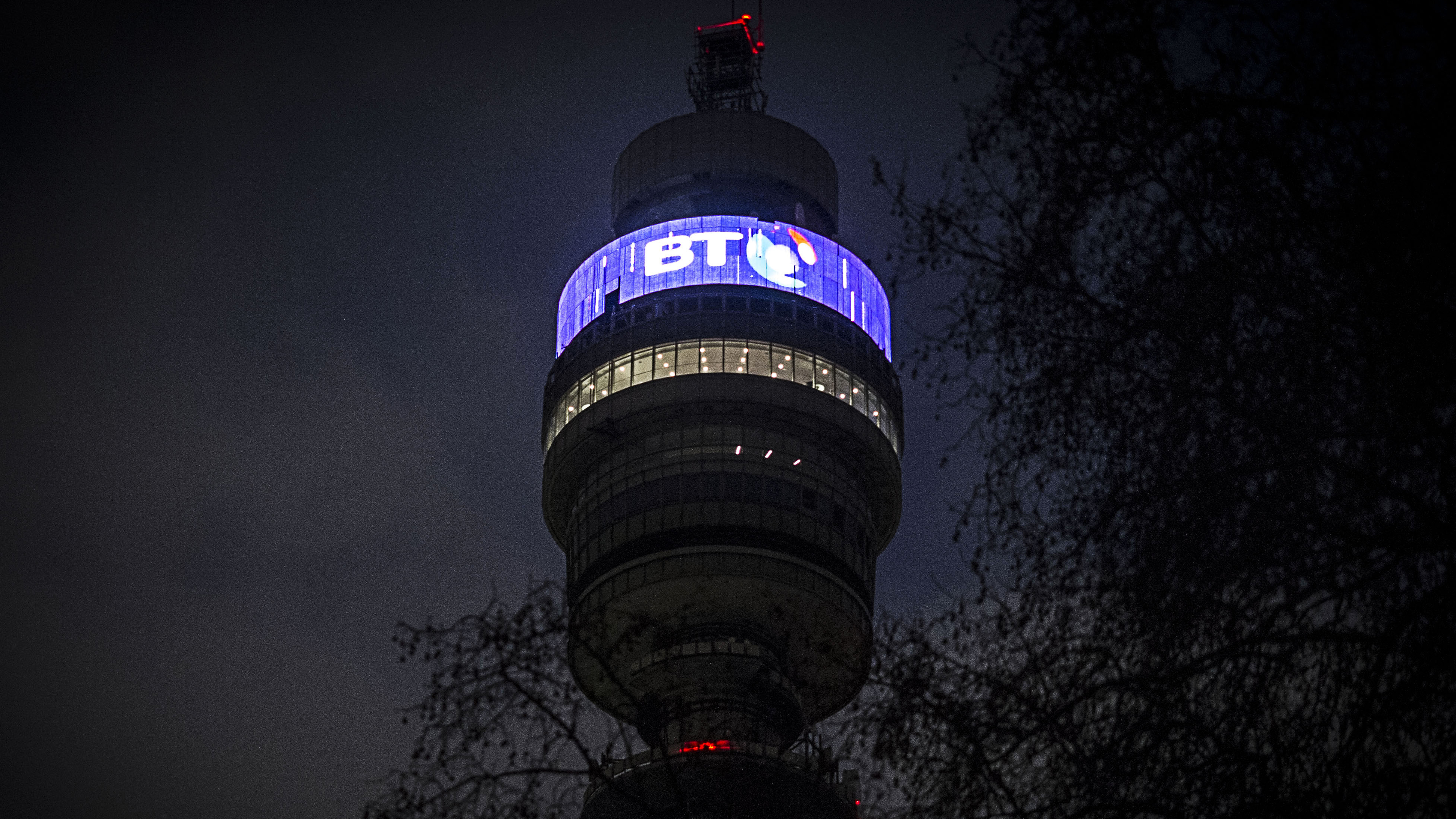BT cuts 13,000 jobs as EE and converged networks take centre stage
BT reveals plans to become more agile with new converged networks focus

BT is placing converged networks at the core of a new strategy that hopes to address cost pressures at the UK’s largest telco.
The company is to cut 13,000 jobs, mainly in back office and middle management roles, and will vacate its London St Paul's headquarters as it looks to cut costs.
Going forward, BT will instead base its operations at 30 sites around the UK and will have fewer leadership roles with greater responsibilities.
BT claims the moves could eventually save it £1.3 billion, allow the more streamlined company to react more rapidly to market trends, and means it can get closer to customers.
On the rise
The firm has been grappling with falling business revenues, an accounting scandal in BT Global Services’ Italian division and a pension deficit in recent years, but its consumer divisions and EE have continued to perform.
Overall revenues were down three per cent to £6 billion for the fourth quarter, while full year revenues dropped one per cent to £23.7 billion. However EE revenues rose five per cent for the quarter to £1.3 billion and four per cent for the year to £5.3 billion.
It now has 29.6 million connections on its network, although this number has fallen thanks to a 433,000 decrease in pay as you go users. It did add 76,000 contract customers during the quarter however, something EE will be happy about given they generally generate more revenue. Coverage is now at 90 per cent of the UK landmass.
Are you a pro? Subscribe to our newsletter
Sign up to the TechRadar Pro newsletter to get all the top news, opinion, features and guidance your business needs to succeed!
- Check out our list of the best EE deals in May 2018
Converged
And having talked about converged networks ever since it started the process of acquiring EE for £12.5 billion in 2015, CEO Gavin Patterson has finally given some details about how the company plans to deliver.And having talked about converged networks ever since it started the process of acquiring EE for £12.5 billion in 2015, CEO Gavin Patterson has finally given some details about how the company plans to deliver.
Essentially, converged networks will provide continuous connectivity irrespective of whether it’s delivered via fixed broadband, Wi-Fi or mobile. Vodafone also has converged ambitions, as demonstrated by its planned acquisition of several Liberty Global cable networks in Central and Eastern Europe.
“BT is uniquely positioned to be a leader in converged connectivity and services,” he said. “We have the UK’s leading fixed and mobile access networks, a portfolio of strong and well segmented brands, and close strategic partnerships. We provide products and services that are essential to both consumers and businesses, delivered through multiple channels to suit their needs.
“This position of strength will enable us to build on the disciplined delivery and risk reduction of the last financial year, a period during which we delivered overall in-line with our financial and operational commitments whilst addressing many uncertainties.”
To this end, BT will develop a range of converged products and invest in its fibre and mobile networks. It plans to connect 10 million properties to fibre to the premise (FTTP), continue the rollout of G.Fast technology that speeds up copper connections and continue plans to reach 95 per cent of the UK’s landmass with 4G. It also wants to be the UK’s leader when it comes to 5G.
The company also plans to hire 6,000 engineers and customer service agents and to invest up to £3.7 billon a year in its infrastructure. Marketing will be more targeted and personalised, making use of the new regional bases and BT’s data.
Want to find out more about 5G? Check out our dedicated 5G hub!
- Check out the best mobile deals for May 2018
Steve McCaskill is TechRadar Pro's resident mobile industry expert, covering all aspects of the UK and global news, from operators to service providers and everything in between. He is a former editor of Silicon UK and journalist with over a decade's experience in the technology industry, writing about technology, in particular, telecoms, mobile and sports tech, sports, video games and media.